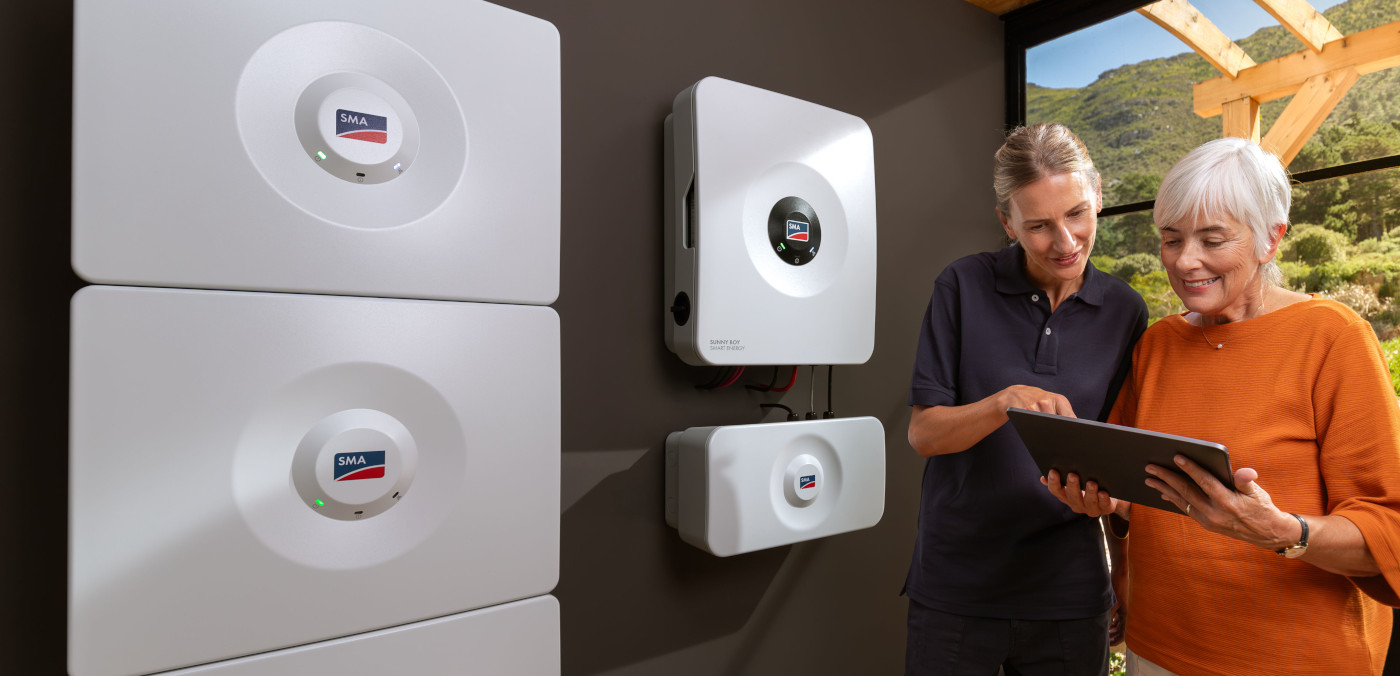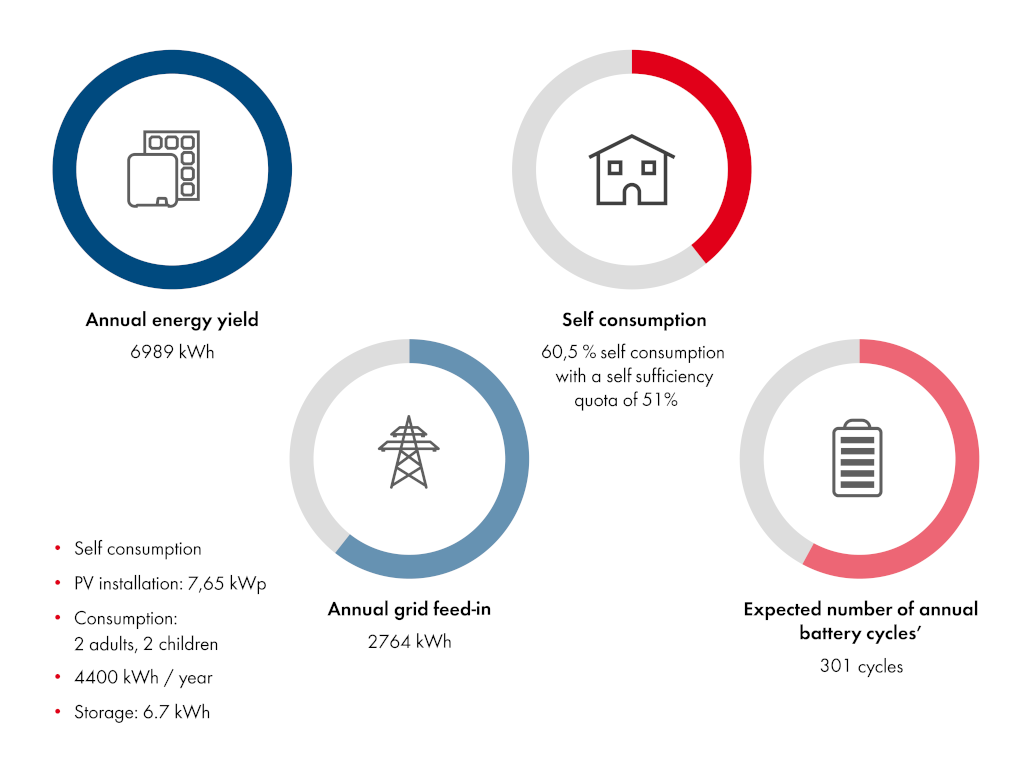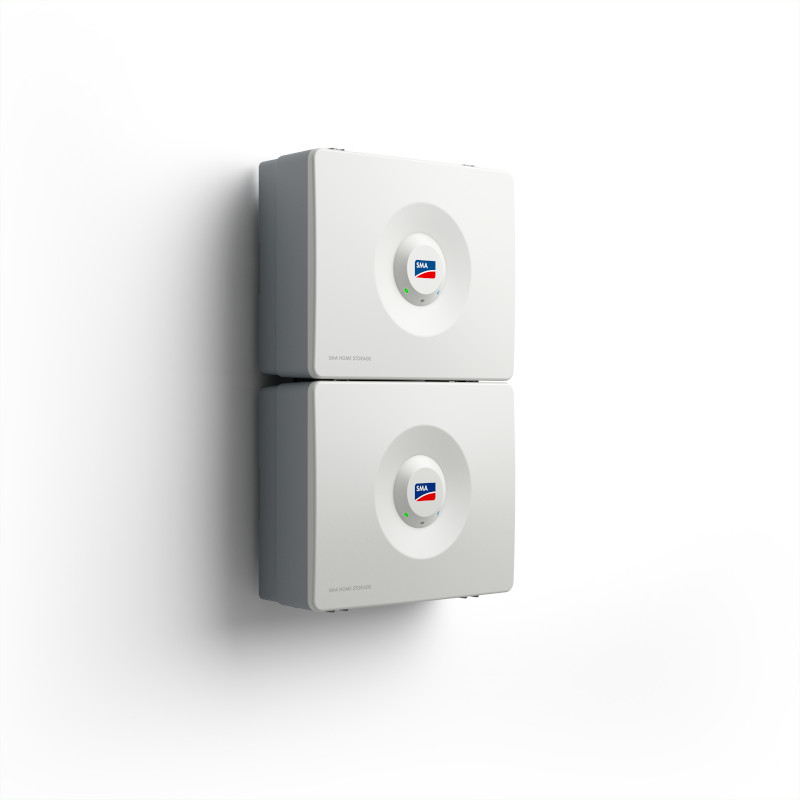Battery storage efficiency: How to gauge long-term profitability of the PV system?

More and more households consider investing in a battery to complement their solar system or have already done so, because it allows to increase self-consumption and thereby save considerably on energy costs. Hybrid inverters offering the possibility to add a battery anytime at no extra cost are becoming increasingly popular. But when is a battery storage efficient and what are the considerations to take into account?
In recent years, residential solar panel installations have surged globally, initially spurred by government incentives like grants and tax cuts. Geopolitical factors like the war in Ukraine driving up energy prices, further accelerated solar adoption. Consequently, many governments have scaled back financial support for PV installations.
A new challenge has arisen: the existing grid struggles to handle the increasing influx of renewable energy. In regions facing this challenge, inverters are switched off on sunny days to prevent grid overload. To alleviate this strain, governments now promote self-consumption of solar energy within households. However, incentivization methods vary by region. In some areas, purchasing grid electricity is costlier than feeding solar energy into the grid. In others, energy suppliers impose charges on PV owners to fund grid updates. These measures encourage households to maximize self-consumption, but organizing one’s life around the availability of sunshine isn’t practical. This is where PV storage solutions become crucial and are real profitability boosters.
How to calculate the battery storage size?
Calculating the profitability of a home battery is a crucial step for anyone considering investing in storage solutions. Additionally, what battery storage size is optimal, both now and in the future?
In order to answer these questions, the minimum number of annual battery cycles (value 1) the battery must attain in order to be profitable has to be compared to the estimated number of battery cycles in the household (value 2).
One of the primary challenges in calculating value 1 lies in quantifying grid costs and incentives, because they vary significantly depending on the country or region. Grid costs are charged differently by power suppliers, making it essential to calculate this parameter accurately. In countries or regions where grants or financial incentives are still available, these should also be integrated into the calculation. To assess the profitability of a the efficiency of a home battery storage, the following parameters must be considered:
-
iTotal investment in storage: This includes the cost of the battery itself along with installation expenses. If applicable, tax cuts or other financial incentives have to be taken into account.
-
bsBattery storage size in kWh: This represents the amount of energy stored in one cycle of the battery.
-
gcGrid cost: In some regions, this can be calculated based on the difference between the cost of electricity and the feed-in tariff. However, if power suppliers employ alternative charging mechanisms for grid usage by PV owners, calculation may involve considerations such as fixed charges or peak demand charges. This cost has then to be divided by the amount of kWh bought from the grid. Important: it’s essential to ensure consistency in currency units when calculating the grid cost. While the investment in storage and installation expenses is denominated in a specific currency (e.g., euro, pounds, dollars), the grid cost is typically expressed in currency units per kWh (e.g., euro cents, dollar cents, pence).
-
wNumber of years’ warranty: while a high-quality battery may well outlast its warranty period, it’s prudent to consider this warranty duration as a benchmark for longevity.
The formula below allows to calculate the minimum number of annual battery cycles (value 1) the battery must attain in order to be profitable (value n):
n=(i/gc*bs)/w
How to calculate the number of estimated annual battery cycles in a household?
Based on the composition of the household, the existing loads and the estimated annual yield of the PV installation, Sunny Design, the free software of SMA, calculates the necessary parameters and provides an accurate estimate of the annual battery cycle count (value 2).
An example:
If the number of expected annual battery cycles (value 2) exceeds the minimum number of annual battery cycles (value 1), investing in a battery becomes a lucrative option. Moreover, if the number of expected annual battery cycles is exceeded considerably, it is worth considering increasing the battery capacity by adding more modules. This adjustment could potentially enhance the profitability of the investment by enabling greater energy storage and utilization, thus optimizing the benefits of the home battery system.
However, if a household’s expected annual battery cycles (value 2) fall below the number of annual battery cycles that make even a battery of 10 kWh profitable, then installing a battery may not be profitable in the current scenario. In that case, sticking with the grid might be a more economical choice. However, this situation is subject to change. Leveraging dynamic tariffs or participating in Virtual Power Plants significantly influences the number of battery cycles.
By carefully evaluating the evolution of the local energy market along with changes in grid costs, energy prices, and the household’s own consumption on a regular basis, homeowners can make an informed decision about investing in home battery storage, ensuring both economic viability and sustainable energy usage. It’s therefore important to plan for the installation of a battery right from the beginning and to allocate space for the battery modules and plan for the necessary cabling.
Back-up function as an additional advantage
Using storage along with an inverter that features a backup capability, like the hybrid inverters from SMA for instance, ensures that critical appliances, such as the household’s deep freezer, continue to receive electricity during a power outage. This functionality can also be included in the overall system calculations.
Optimizing battery storage efficiency: How to make the most of storage once it is installed
Effective monitoring and management of energy flows are essential to make the most of energy storage once installed. This boosts self-consumption of solar energy, reducing reliance on grid electricity and lowering energy bills. SMA’s Sunny Home Manager 2.0 optimizes this process by seamlessly integrating with household appliances, battery storage, electric vehicles, and PV systems. With features like weather forecasting and self-learning capabilities, it ensures appliances run and the battery is stored when solar energy is abundant, maximizing self-consumption and minimizing costs. By utilizing such intelligent energy management systems, households can enjoy the benefits of solar power while maintaining comfort and reducing expenses.
Understanding the difference between battery efficiency and system efficiency
For homeowners, the efficient operation of their solar system with battery storage is crucial. However, it’s important to distinguish battery efficiency from system efficiency. System efficiency encompasses the overall performance of the entire solar setup, including components like the inverter, battery, and backup power unit. In contrast, battery efficiency specifically measures how much stored energy is available after charging and discharging. While typical monitoring systems display battery efficiency, SMA’s Sunny Portal powered by ennexOS shows values reflecting system efficiency. This allows to monitor the performance of the installation as a whole. Factors influencing system efficiency include energy losses during conversion, battery management, and the energy consumption pattern.
Would you like to expand your knowledge about PV with useful information on a regular basis?
* Device registration via the SMA product registration at my.sma-service.com required within 30 days. The conditions of the SMA limited factory warranty apply. You can find additional information at SMA-solar.com.



Feel free to contribute!